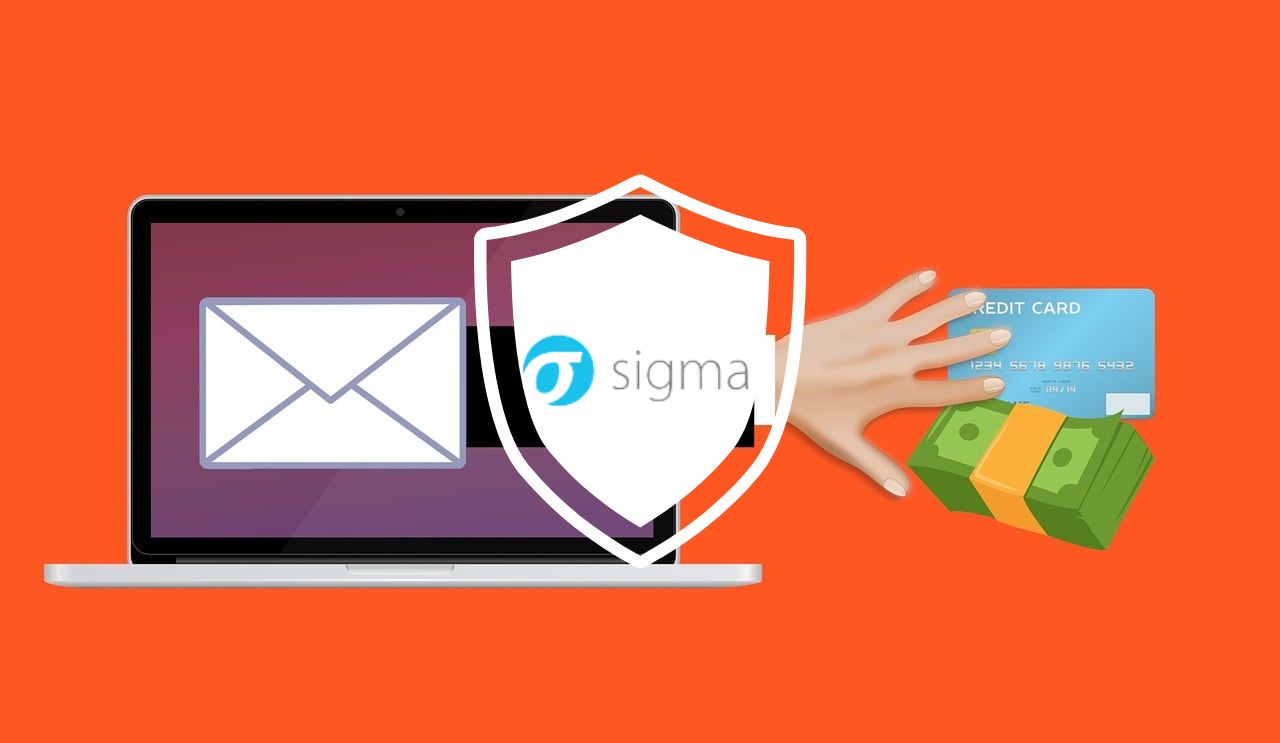Introduction of Topic
Phishing attacks remain a persistent threat to organizations, often serving as a gateway for unauthorized access and data breaches. To fortify our defenses against these malicious campaigns, we have implemented a powerful detection mechanism using Sigma. In this technical blog, we will explore the significance of this detection approach and how it helps in identifying and blocking potentially malicious email attachments associated with phishing attempts.
Understanding the Sigma Detection Rule:
Our Sigma detection rule focuses on scrutinizing email attachments and their extensions to identify potential phishing attempts. By leveraging a comprehensive list of file extensions commonly utilized in phishing attacks, the detection rule enables us to proactively flag or block emails containing suspicious attachments.

The Power of Sigma:
Sigma is an open-source rule format that allows for the creation of detections across various security platforms. It offers a flexible and standardized language for expressing detection logic, making it ideal for creating robust and actionable rules against specific threats.
Detection Logic Explained:
Our Sigma detection rule employs a logical approach to identify potential phishing emails with malicious attachments. By parsing the email metadata and parameters, the rule checks for specific attachment extensions associated with phishing campaigns. If a match is found, the rule triggers an alert, prompting immediate incident response actions.
Implementing the Sigma Detection Rule:
- Sigma Rule Creation:
- Using the provided list of attachment extensions, we construct a Sigma rule that includes these extensions as indicators of potential phishing attempts. The rule specifies the necessary conditions and actions to be taken upon detection.
- Integration with Security Infrastructure:
- The Sigma rule is integrated into our security infrastructure, allowing it to monitor incoming emails and analyze attachments in real-time. When an email matches the defined conditions, the system generates an alert, triggering the appropriate incident response procedures.
Benefits of the Sigma Detection Rule:
- Proactive Phishing Defense:
- By utilizing the Sigma detection rule, we enhance our defense capabilities by actively identifying and blocking emails with potentially malicious attachments. This proactive approach significantly reduces the risk of users falling victim to phishing attacks and mitigates the potential impact on our organization.
- Rapid Incident Response:
- The Sigma rule is integrated into our security infrastructure, allowing it to monitor incoming emails and analyze attachments in real-time. When an email matches the defined conditions, the system generates an alert, triggering the appropriate incident response procedures.
- Strengthened Security Posture:
- The Sigma detection rule acts as an additional layer of defense, augmenting our existing security controls. By specifically targeting potentially malicious email attachments, we reduce the attack surface and reinforce our ability to thwart phishing attempts.
Here is a Sigma detection rule that detects potential phishing emails based on the provided attachment extensions:
```yaml
title: Detects emails with potentially malicious attachment
status: experimental
description: Detects emails with attachments matching known malicious extensions
logsource:
product: email
detection:
selection:
- 'event.action == "recieve"'
- 'event.attachment.extension in ["0.386", ".ade", ".adp", ".ani", ".app", ".application", ".appref-ms", ".appx", ".appxbundle", ".appxmanifest", ".asax", ".ashx", ".asp", ".bas", ".bat", ".blg", ".btm", ".camp", ".cdmp", ".cer", ".chm", ".cmd", ".cnt", ".com", ".compositefont", ".cpl", ".crl", ".crt", ".csh", ".der", ".dib", ".dll", ".dochtml", ".docxml", ".dothtml", ".dqy", ".drv", ".exe", ".fxp", ".gadget", ".grp", ".hlp", ".hpj", ".ht", ".hta", ".html", ".igp", ".inf", ".ins", ".iqy", ".isp", ".its", ".jar", ".jnlp", ".job", ".js", ".jse", ".key", ".ksh", ".lnk", ".mad", ".maf", ".mag", ".mam", ".maq", ".mar", ".mas", ".mat", ".mau", ".mav", ".maw", ".mcf", ".mda", ".mdb", ".mde", ".mdt", ".mdw", ".mdz", ".mhtm", ".mhtml", ".msc", ".msh", ".msh1", ".msh1xml", ".msh2", ".msh2xml", ".mshxml", ".msi", ".msp", ".mst", ".ocx", ".ops", ".osd", ".p12", ".p7b", ".p7r", ".p7s", ".pcd", ".pfx", ".pif", ".pl", ".plg", ".pnf", ".prf", ".prg", ".ps1", ".ps1xml", ".ps2", ".ps2xml", ".psc1", ".psc2", ".pst", ".reg", ".scf", ".scr", ".sct", ".sh", ".shb", ".shs", ".sys", ".tmp", ".ttf", ".url", ".vb", ".vbe", ".vbp", ".vbs", ".vsmacros", ".vsto", ".vsw", ".ws", ".wsc", ".wsf", ".wsh", ".xbap", ".xll", ".xml", ".xmls", ".xmlx", ".xnk", ".accountpicture-ms", ".all", "appcontent-ms", ".c5e2524a-ea46-4f67-841f-6a9465d9d515", ".dctx", ".dctxc", ".desklink", ".deskthemepack", ".diagcab", ".diagcfg", ".diagpkg", ".dwfx", ".easmx", ".edrwx", ".eprtx", ".epub", ".evt", ".evtx", ".fbx", ".fh", ".fon", ".glb", ".gltf", ".gmmp", ".group", ".icc", ".icm", ".ics", ".imesx", ".jfr", ".jps", ".jtx", ".mlc", ".mp"




